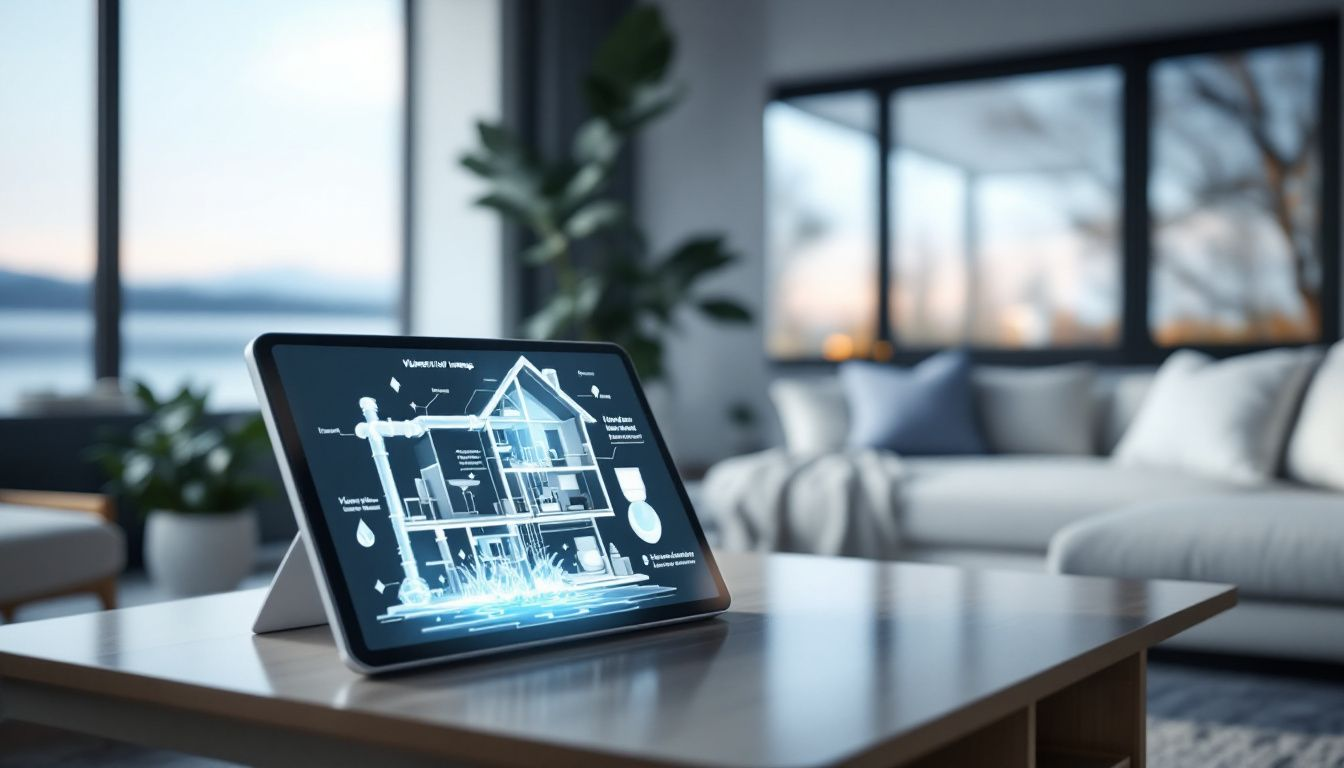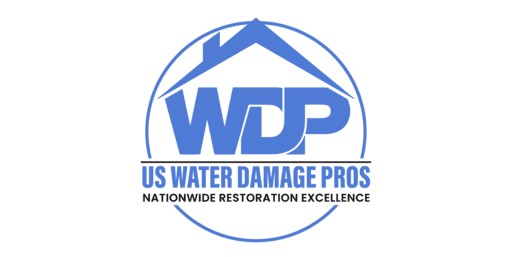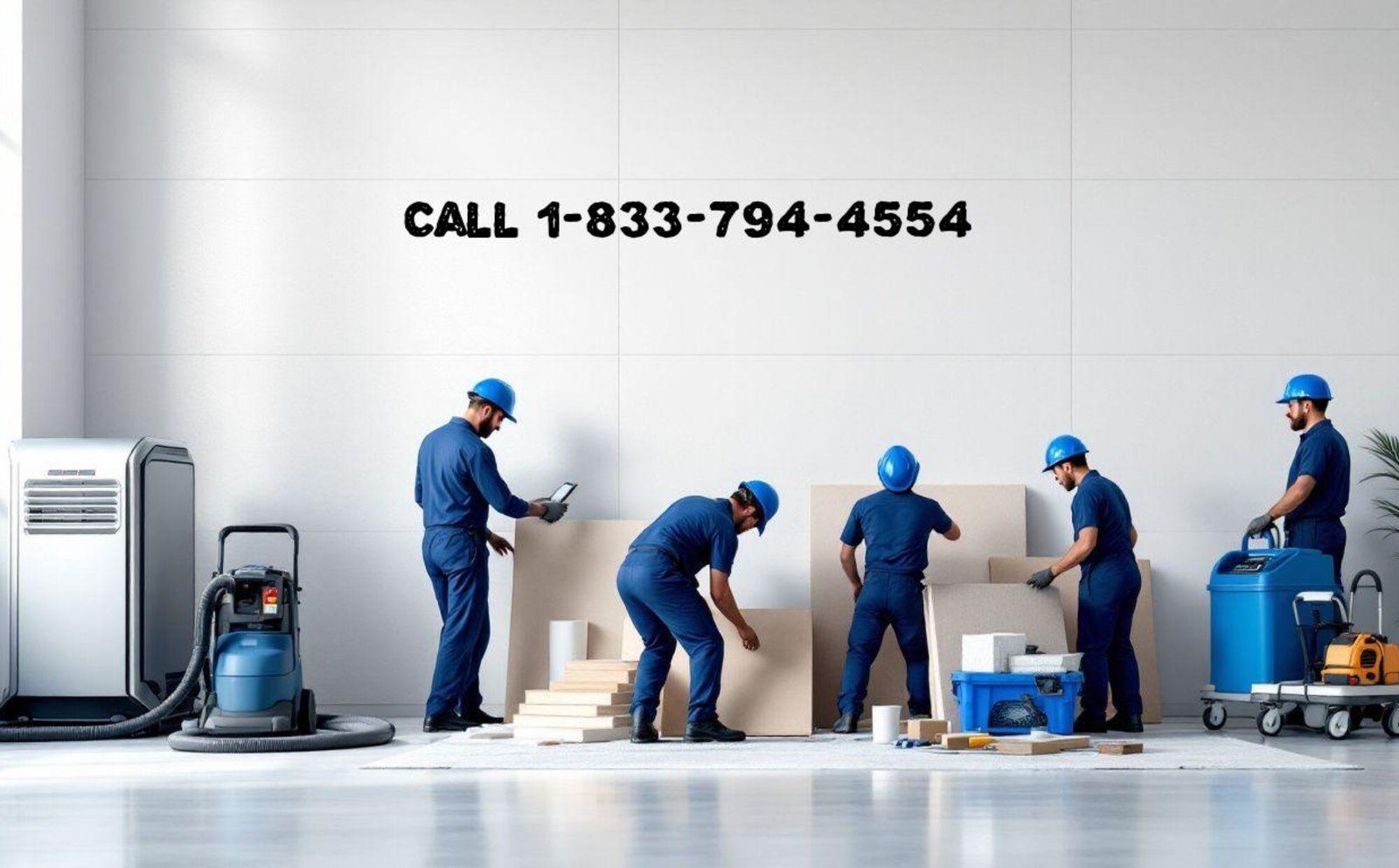Best Water Restoration Services for Home or Business
Water can stop your life in its tracks whether it’s from floods, burst pipes or severe weather. Water restoration services are key to minimizing damage and getting back to normal quick. These services offer fast response, complete cleanup and expertise to handle any water emergency. In this article you will learn about the top water restoration companies and what sets them apart in water damage restoration.
Water Damage Restorations
Call 1-858-477-5390
Bottom Line
- Top water restoration services like US Water Damage Pros, SERVPRO, ServiceMaster Restore, Delta Restoration Services and AdvantaClean for home and business water damage.
- The full restoration process includes inspection, water extraction, drying and final repairs, all to prevent long term damage and health risks, like mold.
- Professional water damage cleanup means thorough restoration with advanced equipment and safety standards so you can have peace of mind during an emergency.
Best Water Restoration Services for Home or Business

When flood damage or a burst pipe hits your home or business, knowing who to call can save you time, money and stress. Here are the top water restoration companies to help you recover from water damage:
SERVPRO has the largest service network with over 2,000 locations in all 50 states. With professionals available 24/7, SERVPRO is known for fast response and full service water damage restoration.
ServiceMaster Restore has over 90 years of water damage restoration experience which means highly trained technicians to handle any water emergency. Their expertise means a thorough and efficient restoration process making them a trusted name in the industry.
Delta Restoration Services is known for their fast response times, often sending teams to a location in under 2 hours. This means less damage and faster recovery.
AdvantaClean responds to customers in 8 hours. Their fast response and full service has earned them a great reputation with both homeowners and businesses.
What’s This All About
Water damage is a common occurrence that can stop life in its tracks for both homeowners and business owners. From burst pipes to natural disasters the structure of your property can be compromised in an instant like fire damage and property damage. In these moments acting fast can minimize damage and get back to normal.
Picture waking up to flooded floors and a soaked carpet in your Tampa home. The stress can be overwhelming but knowing one call can bring a team to your doorstep can be a huge relief. The right water restoration company can make all the difference, guiding you through the process and getting your property back to normal.
This article will give you information on the top water restoration services to help you make an informed decision during an emergency. With the right team you can navigate the water damage and come out with your property and peace of mind intact.
Why Water Restoration Services

Water restoration services provide the expertise and equipment to handle emergencies like burst pipes and flooding so they are essential for both homes and businesses. Fast response times means less damage and thorough cleanup.
Professional services go beyond water extraction, water mitigation, mold remediation and structural repairs. This means they address all aspects of water damage and minimize long term risks and get your property back to pre-damage state.
For example PuroClean uses proprietary systems to enhance drying times and STOP Restoration Services offers restoration services for all types of restoration needs. These restoration experts are trained to handle minor leaks to major flood damage and can give you peace of mind during a stressful time.
The US Water Damage Pros Restoration Process
Understanding the water damage restoration process will help you appreciate the thoroughness and expertise required to get your property back. Here are the steps:
Inspection and Assessment: The first step is an inspection to identify the water source, contamination level and extent of damage. This will help develop a restoration plan.
Water Extraction: Remove standing water to prevent further damage. Industrial vacuums and submersible pumps are used to extract water.
Drying and Dehumidification: After water extraction drying and dehumidification prevents mold growth. Professionals use fans and dehumidifiers to control humidity, airflow and temperature.
Final Repairs: Once the property is dry repairs begin. This may involve replacing unsalvageable materials like drywall and carpet to get your property back to normal.
Emergency Water Extraction and Drying

The first 24 hours after a water emergency are the most critical. Acting fast can prevent mold growth and further damage. Here’s how water restoration services works:
Initial Actions: Schedule an inspection and restoration planning with a specialist. During their initial visit the restoration professional will set up drying equipment.
Water Extraction: Industrial vacuums and submersible pumps are used to remove standing water first.
Multiple extraction rounds may be required to lessen drying time and limit additional damage.
Drying Techniques: Effective drying depends on managing humidity, airflow, and temperature. Restoration professionals may need to adjust equipment settings based on real-time measurements during the drying phase.
Advanced Equipment Used in Water Restoration
Advanced equipment in water restoration ensures thorough and efficient cleanup. Here are some of the specialized tools used:
Air Scrubbers: These high-performance machines utilize a multi-stage HEPA system to eliminate airborne contaminants and odors, improving air quality during the restoration process.
Air Movers and Dehumidifiers: Air movers, such as low-profile and high-torque axial fans, are crucial for removing water and promoting drying. Low Grain Refrigerant (LGR) dehumidifiers are essential for effectively managing extreme water damage.
Monitoring Tools: Thermo-hygrometers and thermal imaging cameras are used to monitor the drying process, ensuring that all moisture is effectively removed from the property.
Mold Remediation and Prevention

Mold can rapidly become a serious issue following water damage. You need a top mold remediation company like US Water Damage Pros to do this work. Here’s how mold remediation and prevention are handled:
Mold Growth Conditions: Moist environments resulting from water damage provide ideal conditions for mold growth. Proper ventilation and humidity control are key to preventing mold.
Remediation Process: Mold remediation involves identifying moisture sources, cleaning affected areas, and repairing structural damage. Antimicrobials may be used to prevent mold growth during restoration.
Preventive Measures: Ongoing mold prevention involves maintaining dry conditions and ensuring proper ventilation in previously affected areas.
Handling Personal Property and Debris Removal
Managing personal property and debris is a crucial part of the restoration process. Here’s what typically happens:
Salvaging Personal Items: Salvageable items are removed early in the restoration process to prevent further damage. Contents restoration may involve transporting salvageable items off-site for professional cleaning and repair.
Debris Removal: Debris removal often involves demolishing non-salvageable materials like drywall and carpeting before drying. This ensures a clean and safe environment for the restoration work.
Working with Your Insurance Company
Dealing with insurance claims can be daunting. Here’s how to make it smoother:
Documentation: Restoration is meticulously documented to aid with insurance claims. This includes photos and detailed reports.
Assistance from Restoration Companies: Companies like SERVPRO assist with the claims process and necessary paperwork, helping homeowners file claims promptly.
Common Causes of Water Damage
Mold can get out of hand fast after water damage. Here’s how mold remediation and prevention works:
Mold Growth Conditions: Water damage creates a moist environment for mold to grow. Ventilation and humidity control is key to preventing mold.
Remediation Process: Mold remediation means identifying water sources, cleaning affected areas and repairing structural damage. Antimicrobials may be used to prevent mold growth during restoration.
Preventive Measures: Ongoing mold prevention means keeping it dry and ventilated in previously affected areas.
Personal Property and Debris Removal
Personal property and debris management is a big part of the restoration process. Here’s what happens:
Salvaging Personal Items: Salvageable items are removed early in the process to prevent further damage. Contents restoration may mean moving salvageable items offsite for professional cleaning and repair.
Debris Removal: Debris removal often means demolishing non-salvageable materials like drywall and carpet before drying. This makes the environment clean and safe for the restoration work.
Insurance Company
Insurance claims for water damage can be overwhelming. Here’s how to make it easier:
Documentation: Restoration is documented thoroughly for insurance claims. This includes photos and reports.
Restoration Companies: Companies like SERVPRO help with the claims process and paperwork so homeowners can file claims quickly.
Water Damage Causes

Knowing the common causes of water damage helps with prevention and early detection. Here are some of the most common:
Leaking or Burst Pipes: Age, corrosion or freezing temperatures can cause leaking or burst pipes.
Plumbing and Roof Leaks: Plumbing issues like clogged drains and broken water lines, and roof leaks can cause big water damage especially in older homes or after a storm.
Appliance Failure and Natural Disasters: Failure of household appliances like washing machines and dishwashers, and natural disasters like heavy rain, floods and hurricanes can cause big water damage.
Prevention Tips to Avoid Water Damage
Prevention can save you from the hassle and cost of water damage. Here are some tips:
Regular Inspections and Leak Detection: Do visual inspections of your plumbing regularly and install leak detection sensors to get early warnings of potential water issues.
Proper Use of Appliances and Shutoff Knowledge: Don’t run water-related appliances when you’re not home and know where the shutoff valves are so you can isolate leaks and minimize damage.
Professional Water Damage Cleanup Services
Hiring professional water damage cleanup services means thorough and safe restoration. Here’s why:
Expertise and Equipment: Professional teams are trained to handle water damage, to clean, disinfect and remove debris. Companies like US Water Damage Pros, SERVPRO and United Water Restoration Group do this kind of work.
Compliance and Standards: Technicians follow EPA, CDC and OSHA guidelines to ensure safety and compliance to industry standards.
Comprehensive Services: Professionals offer a wide range of services from water extraction to mold remediation to restore your property.
What to Do During a Water Emergency
Knowing what to do during a water emergency can minimize damage and keep you safe. Here are some immediate steps:
Safety First: Be aware of health risks from contaminated water and potential electrocution from live appliances. Stay away from areas with exposed electrical outlets, switches or equipment.
Immediate Actions: Shut off the water source if you can, mop and blot excess water, and move valuable items to a dry area to prevent water damage.
Conclusion
In summary, timely and professional water restoration services can minimize damage and restore your property. From knowing the common causes of water damage to what to do during a water emergency, being prepared can make a big difference.
Take prevention and know who to call and you’ll be spared from big damage and expensive repairs. Stay informed, be proactive and your property will be in good hands.
Water Damage Restorations
Call 1-858-477-5390
FAQs
Why is fast response important during a water emergency?
Fast response during a water emergency is crucial to prevent big damage and mold growth that can start within 24 hours. Taking immediate action can minimize the impact on your property and health.
What equipment is used in water restoration?
Water restoration requires equipment like air scrubbers, air movers, LGR dehumidifiers and thermal imaging cameras for proper drying and cleaning. Using this technology ensures a thorough restoration.
How do I work with my insurance during the restoration process?
To work with your insurance during the water restoration services process, document the damage with photos and detailed reports and have your restoration company help you navigate the claims process. This will make the process smoother and faster.
What are the common causes of water damage?
Common causes of water damage are leaking or burst pipes, plumbing issues, roof leaks, appliance malfunction and natural disasters. Address these issues ASAP to prevent big damage.
How to prevent water damage?
Prevent water damage by doing routine inspections and install leak detection sensors. Don’t run appliances when you’re not around and know where the shut off valves are.


